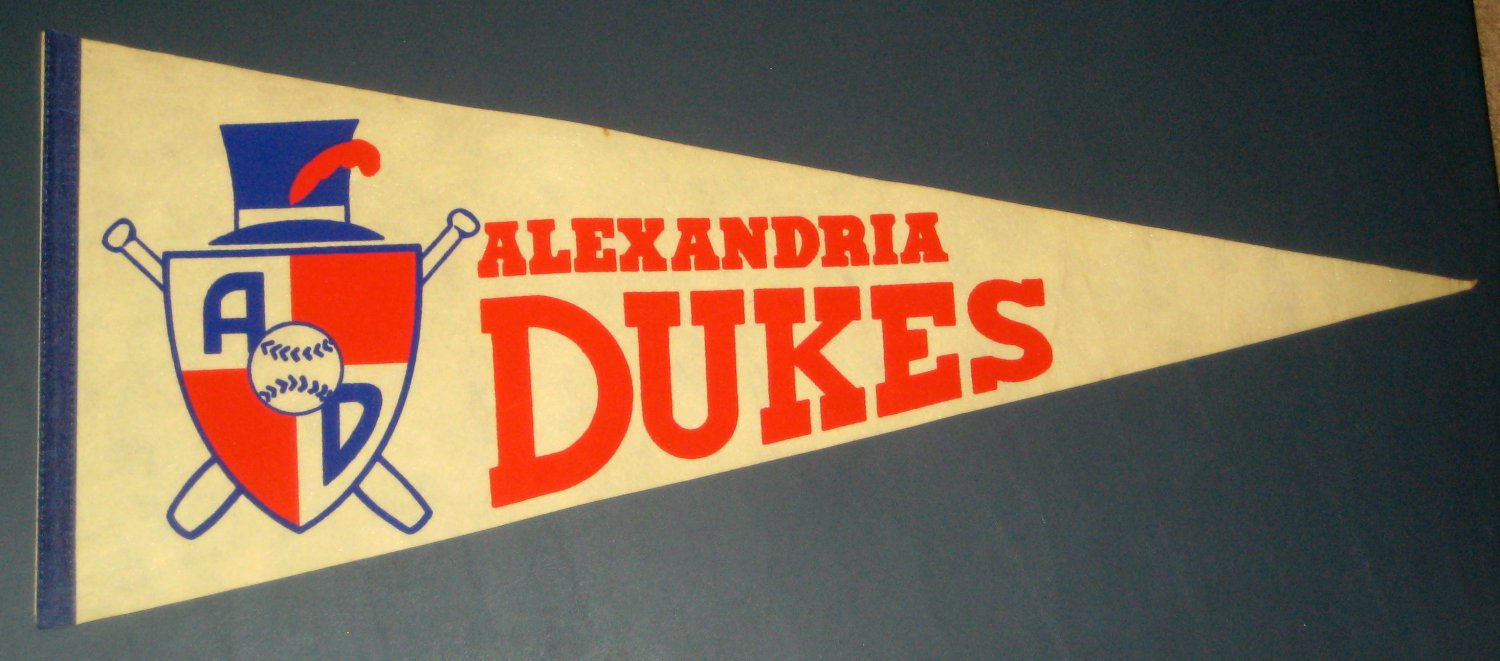I feel like it needs to be pointed out that the system that Rickey pioneered, at least as far as the quantity of farm teams, had a lot to do with how players were scouted and acquired back then. There was no draft, there was only grassroots birddogging. The more affiliated farm teams a club had, the bigger their reach and the greater chance they had of discovering a gem of a prospect before someone else did. These days, that isn't necessary at all with the draft and the proliferation of video technology. No one is toiling away anonymously in some backwater league just waiting to be discovered by a team. If a player is good enough to be an MLB prospect, all 30 teams know who he is to some extent (or they have a scout who does), probably before he graduates high school. They don't need an affiliated minor league team within 150-200 miles of the guy in order to find him.
I don't want to see minor league teams go away, particularly in areas where if the team became unaffiliated, they'd lose half their drawing power. But at the same time, I can understand where MLB is coming from in deciding that maybe the system is a little too bloated (and probably has been for some time). It doesn't make a ton of sense to have two teams in which half are prospects and half are filler who have no prayer of advancing one level, let alone getting to MLB. If you can consolidate to one team of prospects and let the filler go, the system is more efficient.
It sucks that this is prompted by, or is happening in the shadow of the player compensation stuff. They shouldn't need to consolidate to pay minor leaguers a reasonable wage. But at the same time, I don't think they should be obligated to be paying those fair wages to players that everyone knows have no chance of moving on to compete at higher levels or ever contributing to a big league team.





